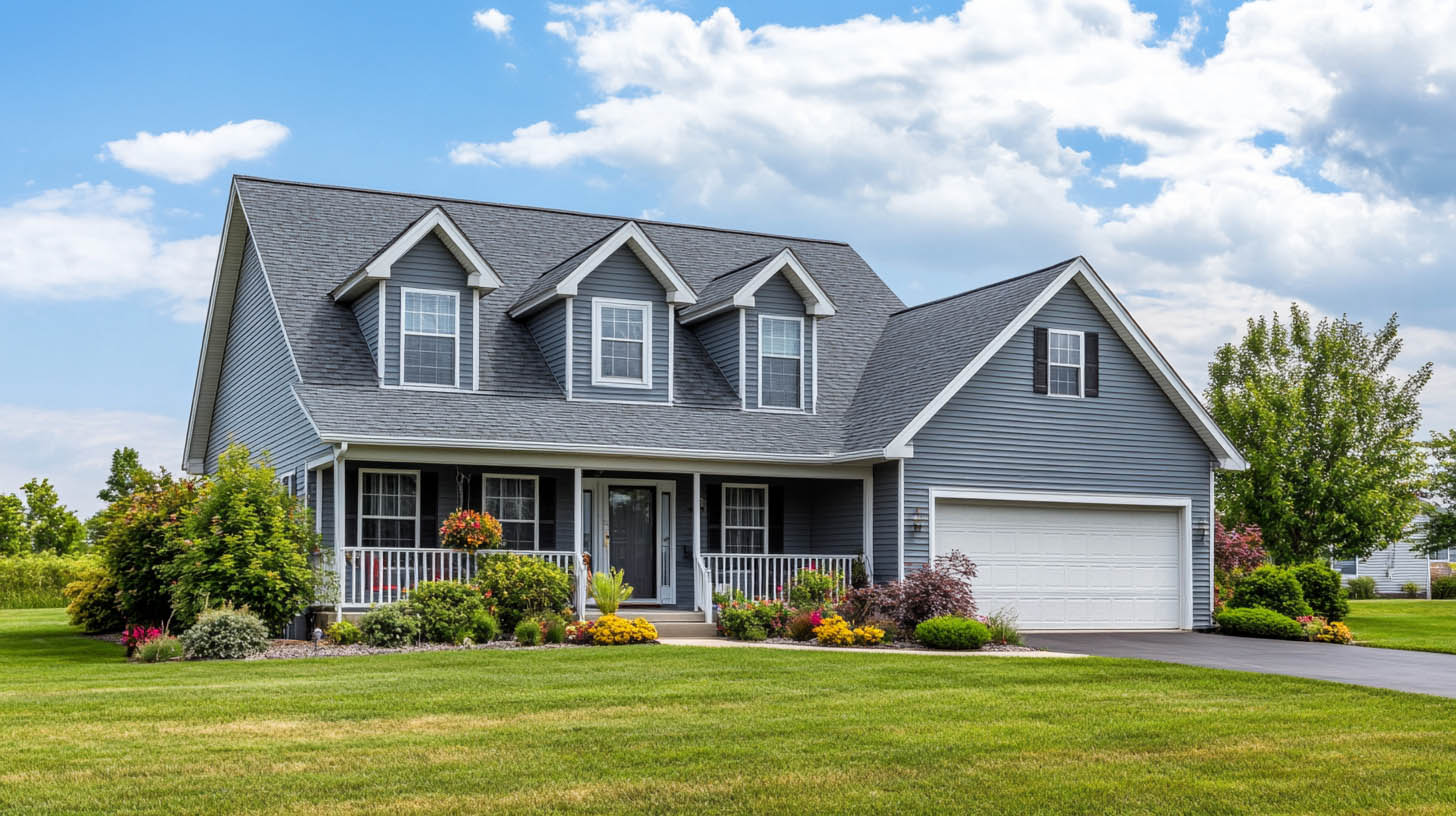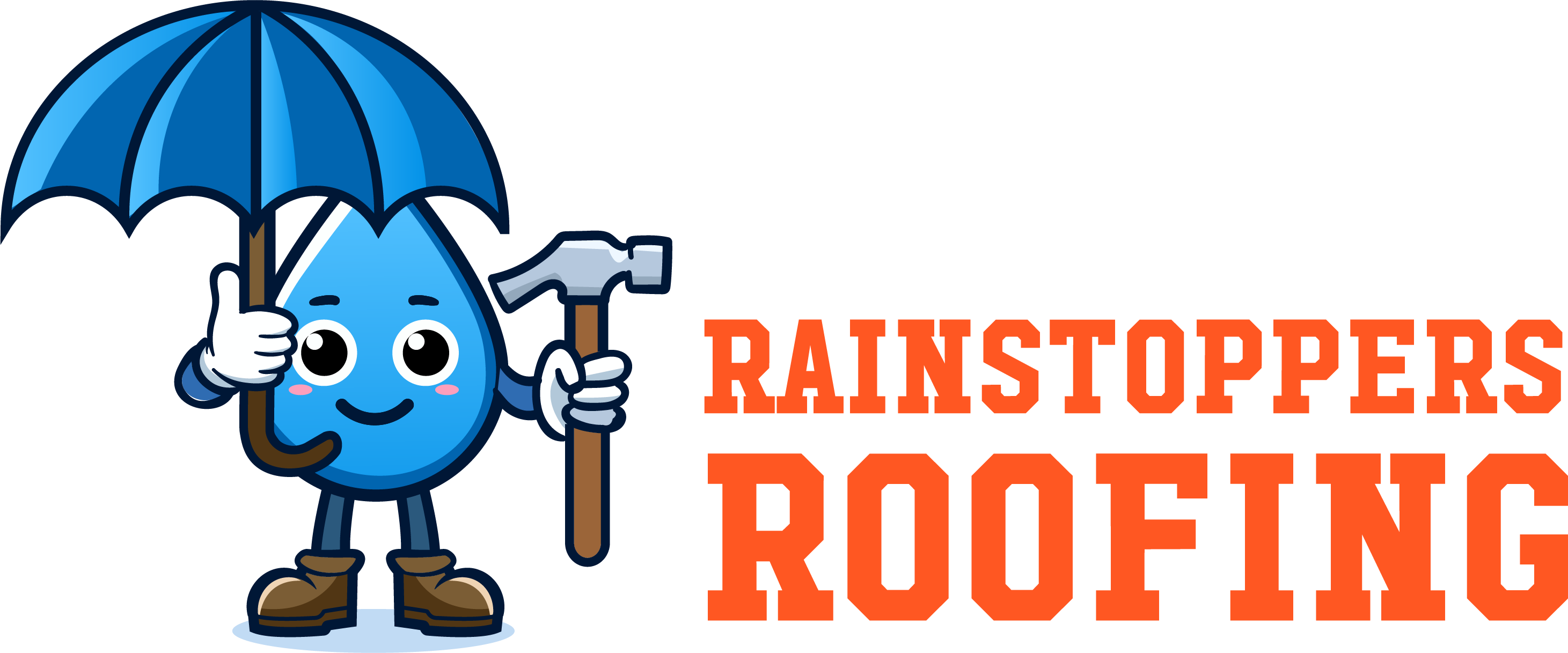
Vinyl siding is a versatile, durable, and cost-effective option for maintaining your home’s exterior, but over time, wear and tear can take its toll. Regular inspections and timely repairs not only preserve your home’s curb appeal but also protect against environmental damage. In Charleston, WV, Rainstoppers Roofing provides professional solutions for all your siding needs.
Recognizing the Need for Repairs
Regular inspections are key to spotting potential siding issues early. Signs include cracks, warping, fading, and staining. Mold or mildew often indicates underlying water infiltration. Addressing these issues promptly can prevent larger, costlier problems down the road.
Physical damage like holes or cracks is typically caused by impact, while warping occurs from extreme temperature changes. Fading and staining are natural with prolonged sun exposure, and mold suggests moisture problems that require immediate attention.
Unique Fact: Vinyl siding first gained popularity in the 1950s due to its affordability and versatility, and it remains one of the most widely used exterior materials today.
Step-by-Step Guide to Vinyl Siding Repairs
Preparation
Start by cleaning the damaged area to remove dirt and debris. A clean surface ensures better visibility of the problem and facilitates easier repair.
Removal
Use a zip tool or vinyl siding removal tool to unhook the damaged panel without affecting adjacent pieces. Remove all nails to free the siding completely.
Cutting
Measure the area that needs replacement and cut a new vinyl piece slightly larger to account for expansion and contraction. Double-check measurements to avoid errors.
Installation
Slide the new piece into place, ensuring it hooks securely onto neighboring panels. Use nails to attach it, leaving a small gap for expansion.
Inspection
Examine your repair from multiple angles to confirm a seamless blend. Look for gaps or misalignments that could lead to water infiltration.
The Importance of Proper Overlap
Improper overlap can lead to gaps and inefficiencies, especially during seasonal expansions and contractions. Ensure overlapping sections extend at least 1 inch and maintain proper alignment to prevent moisture intrusion.
When to Call a Professional
DIY repairs are feasible for small, straightforward tasks. However, professional assistance is recommended for large-scale damage, water infiltration issues, or challenging areas like corners. Experienced contractors ensure high-quality results and address underlying problems effectively.
Conclusion
Maintaining vinyl siding through regular inspections and timely repairs safeguards your home’s structural integrity and visual appeal. While DIY methods can address minor issues, professional services are invaluable for complex repairs or installations. In Charleston, WV, Rainstoppers Roofing is your trusted partner for reliable and expert siding solutions.
FAQs
Q1: How often should I inspect my vinyl siding?
It’s recommended to inspect siding annually and after severe weather events to identify and address damage early.
Q2: Can I repaint faded vinyl siding?
Yes, vinyl siding can be painted with appropriate exterior paint, but ensure the surface is clean and properly primed.
Q3: What tools are essential for vinyl siding repair?
Basic tools include a zip tool, utility knife, hammer, nails, and a measuring tape for accurate cutting and installation.To get pro tips for DIY vinyl siding repairs, click here.
